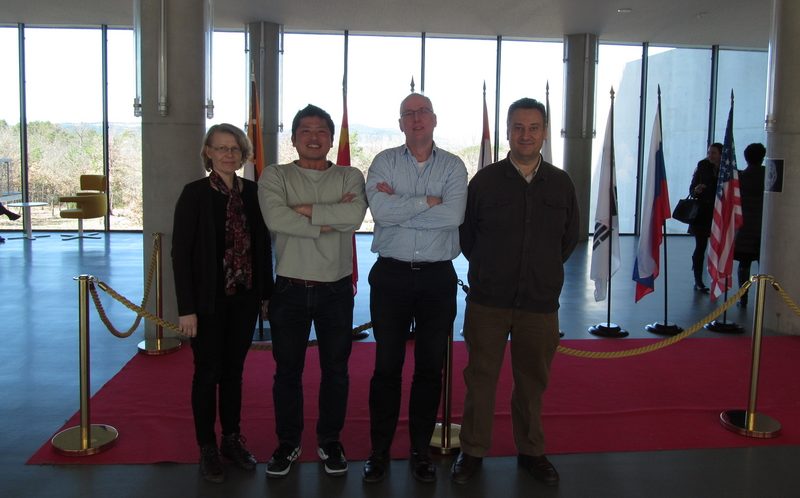
The ITER Organization and the Barcelona Supercomputing Center have gone one step further in their collaboration to simulate the process of fusion power generation. Both parties have signed a Memorandum of Understanding (MoU) in which they agree on the importance of promoting and furthering academic and scientific cooperation in all academic and scientific fields of mutual interest and to advance the training of young researchers.
ITER is the international nuclear fusion R&D project, which is building the world’s largest experimental tokamak in France. It aims to demonstrate that fusion energy is scientifically and technologically feasible.
The MoU is valid for a duration of 5 years and tightens the cooperation between the two institutions, leaders in their respective fields, further. ITER will become the biggest and most relevant fusion device in the world while BSC-CNS, with its 475 researchers and experts and the upgrade of MareNostrum 3 to MareNostrum 4 that will take place later this year, is one of the top supercomputing centers worldwide. As the first step within this new MoU, the two institutes will start a collaboration on the ITER Integrated Modelling infrastructure, IMAS, together with the EUROfusion Work Package for Code Development.

ITER and BSC-CNS already collaborate in the area of numerical modelling to assess the design of the ITER pellet injector. These computer simulations are based upon non-linear 3D Magnetohydrodynamics (MHD) methods. Their focus is modelling the injection of pellets to forecast and control instabilities that could damage the reactor. These instabilities are called Edge Localized Modes (ELM) which can occur at the boundary of the fusion plasma and are problematic because they can release large amounts of energy to the reactor wall, wearing it away in the process. The goal of these simulations is to assess the optimal pellet size and speed of the pellet injector.
For more information, follow this link.

1 thought on “Tightening our collaboration with ITER”